Hello!
We are excited to have Colin Taylor with us this weekend at the Atlanta Pet Fair where we will be selling his new book “What Would Colin Do?”. If you are in the area, please stop by the Melissa Verplank booth and get your copy signed by Colin. This is such a great book, I’ve included an excerpt to give you an idea of his unique and humorous style! Enjoy!
Happy Trimming!
~Melissa
Excerpt from the book “What Would Colin Do?” by award winning British pet stylist Colin Taylor. Used with permission.
I admit it. I’m a sucker for  good scissors. I know I’m not alone. Male or female. Young or not-so-young. Gay or straight. Scissors are like shoes. We just can’t resist a wonderful pair. The shapes. The curves. The colors. My fingers twitch with excitement when I come across a new set. I start to see them in my dreams. Creating beautiful shapes.
good scissors. I know I’m not alone. Male or female. Young or not-so-young. Gay or straight. Scissors are like shoes. We just can’t resist a wonderful pair. The shapes. The curves. The colors. My fingers twitch with excitement when I come across a new set. I start to see them in my dreams. Creating beautiful shapes.
Yes, like shoes, scissors come in an array of sizes. Colors. Makes. Models. But, like shoes, they also need to fit. However much you might need that particular pair, right now, if they don’t feel right, don’t try to convince yourself you have to have them.
The color of the scissors won’t improve your scissor work. And after a few days, the euphoria of our purchase will reside. We might still love them. But, fundamentally, scissors have to be comfortable. They have to be practical. We need to be able to use them with ease. They are the extension of our hands. The instruments of our talent. Our training. Our expertise. So don’t be swayed by the salesman’s perfect pitch. Go with the feelings in your hands. But also your gut.
Let’s say you have acquired that prized pair of scissors. You have to keep them in good working order. You have to make sure you use them only in ways that will protect their balance and sharpness. It’s hardly any wonder that heated arguments break out when a pair of scissors is borrowed without permission. And fights over scissors — sharp tools, remember — can be a frightening thing.
Use a wider bladed shear for scissoring dirty hair. These blades can take the wear and tear of cutting heavy dirty coats. And then go for a lighter or Japanese style shear as your finishing scissors. The technology of scissors, the materials used in the construction, is complex and scientific. Look out for the ‘Rockwell’ hardness of the metal used. A harder Rockwell hardness means stronger metals have been used. Which is what you’ll want.
When I buy a pair of scissors, this is what I do: I always feel them in my hands first. To check for a good, natural fit. I check the Rockwell hardness. I want something that is going to be strong and durable. I don’t get distracted by how glamorous or pretty they look. I concentrate on the potential performance. But it takes enormous self-discipline.
I try to go for an off-set shear when buying a pair of scissors. This means that the thumb hole is higher than the finger hole.
My collection of scissors include:
- Curves: To get nice angles and lines.
- Straight Shears: All purpose.
- Thinning Shears: To blend in lines.
- Texturizing Shears (chunkers): Create a more jagged/textured look.
Scissors also have tension screws. Adjust this so it feels right. But resist fiddling with it too much.
When I store my scissors, I make sure they don’t bang against each other. I also don’t store them in the wet room area of the salon. There is a lot of condensation here. I need to put them in a cool, dry place.
I have so much experience buying and using scissors, I should create my own pair. I’ll call them ‘Precious.’
To get a copy of Colin’s book, follow the link to MelissaVerplank.com or catch us at select trade shows in the United States. Colin Taylor will be in Melissa Verplank educational booth at the following grooming shows.
The Atlanta Pet Fair March 7-9
Intergroom April 4-6
GroomExpo Sept 19-21
by Guest Blogger, Colin Taylor



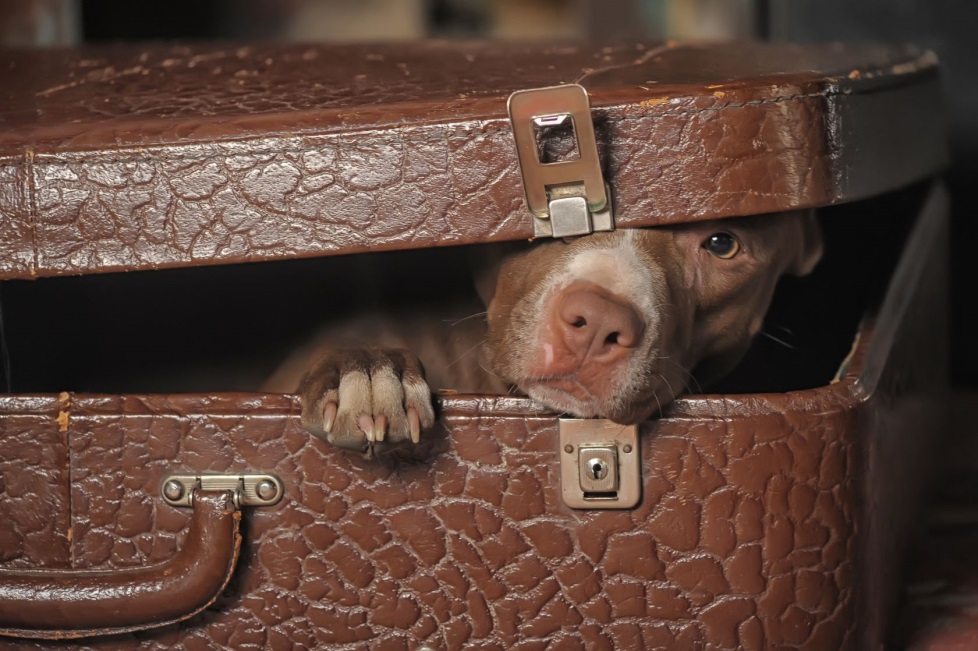
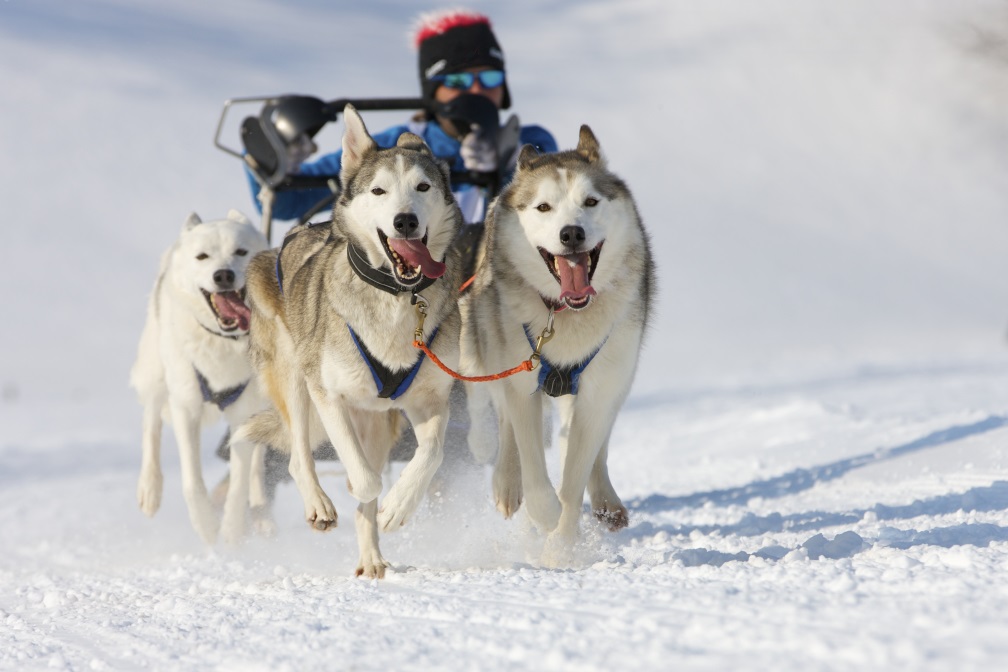
 If you live in the United States, you have just gone through the first phase of the grooming marathon for the holiday season: Thanksgiving.
If you live in the United States, you have just gone through the first phase of the grooming marathon for the holiday season: Thanksgiving.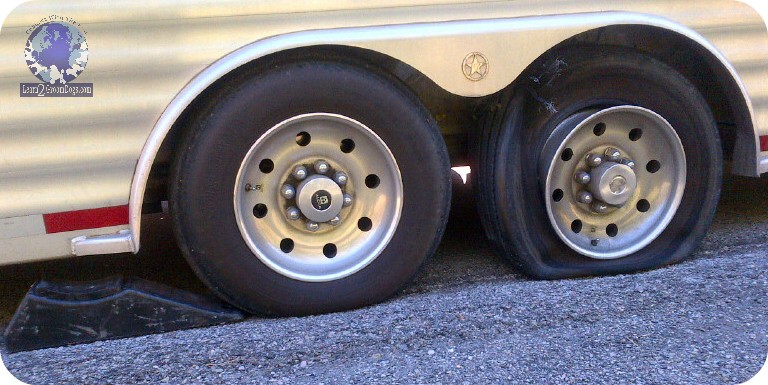








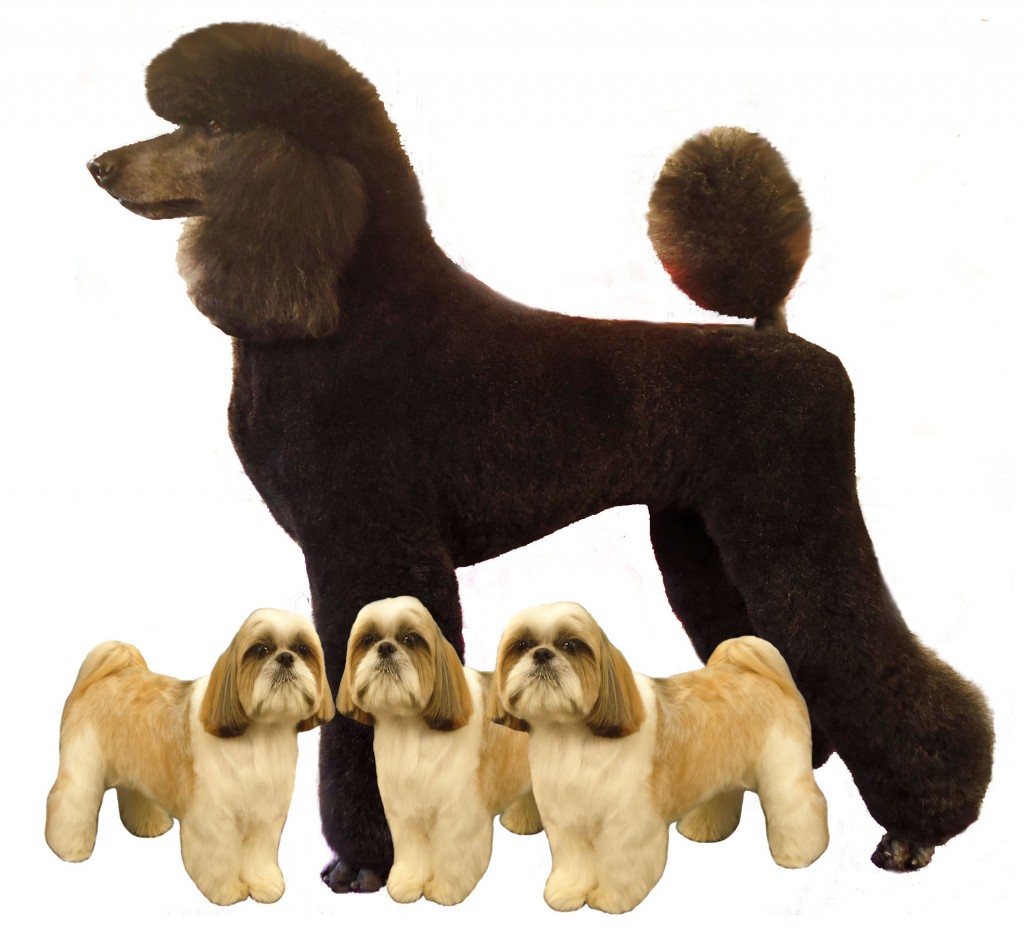
 The best professional stylists are those who have developed a confident degree of dexterity with the clippers. Moreover, good scissor work is rarely found on a badly clipped dog.
The best professional stylists are those who have developed a confident degree of dexterity with the clippers. Moreover, good scissor work is rarely found on a badly clipped dog.

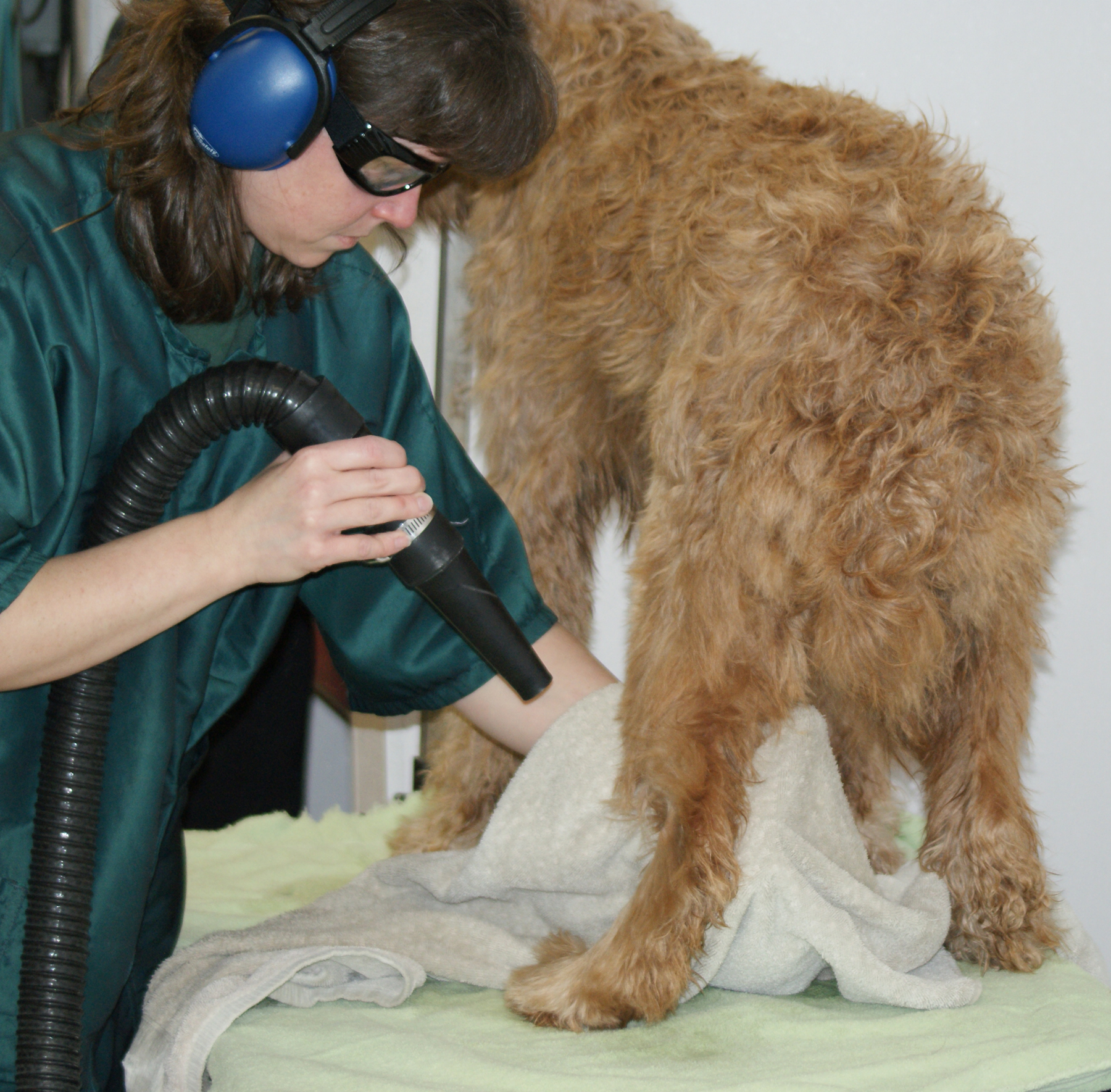
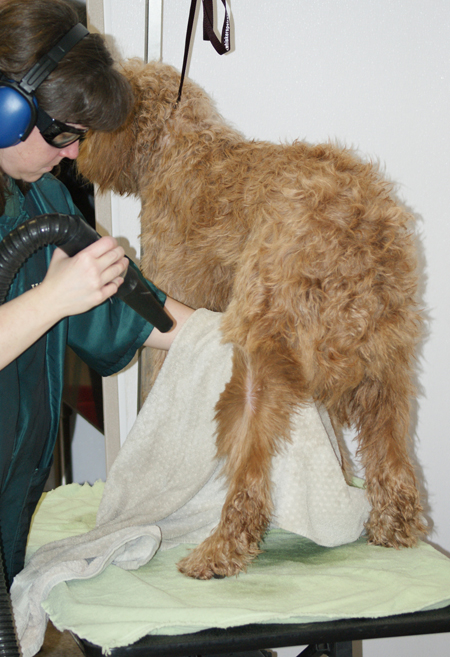
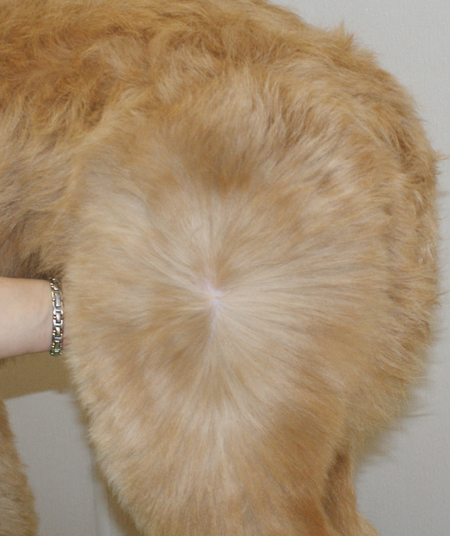
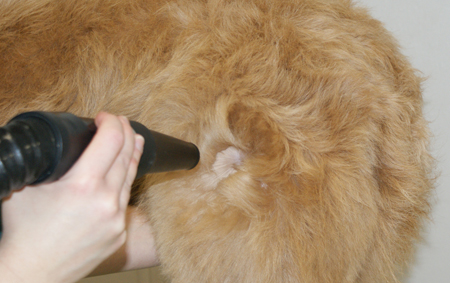
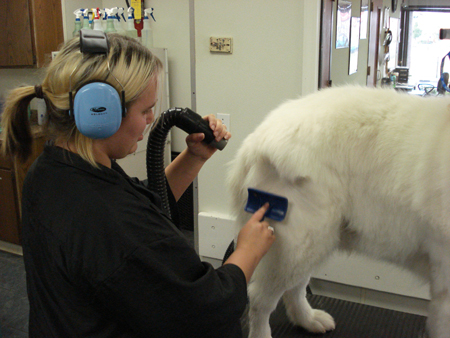
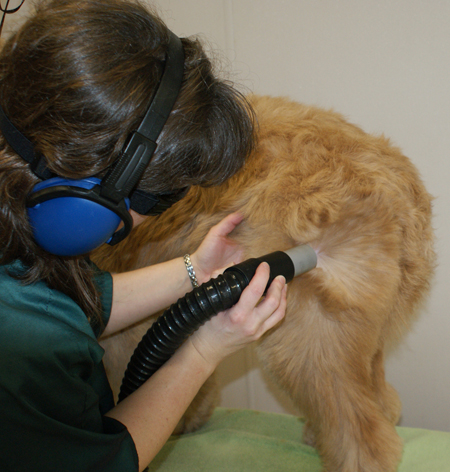


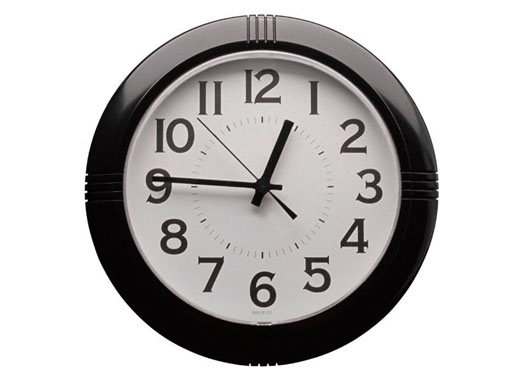 My husband Marc and I just did a private salon lesson on one of our recent road trips. We asked the salon owner what she wanted us to focus on during our time there so we could be better prepared. The request was simple. Speed.
My husband Marc and I just did a private salon lesson on one of our recent road trips. We asked the salon owner what she wanted us to focus on during our time there so we could be better prepared. The request was simple. Speed.
